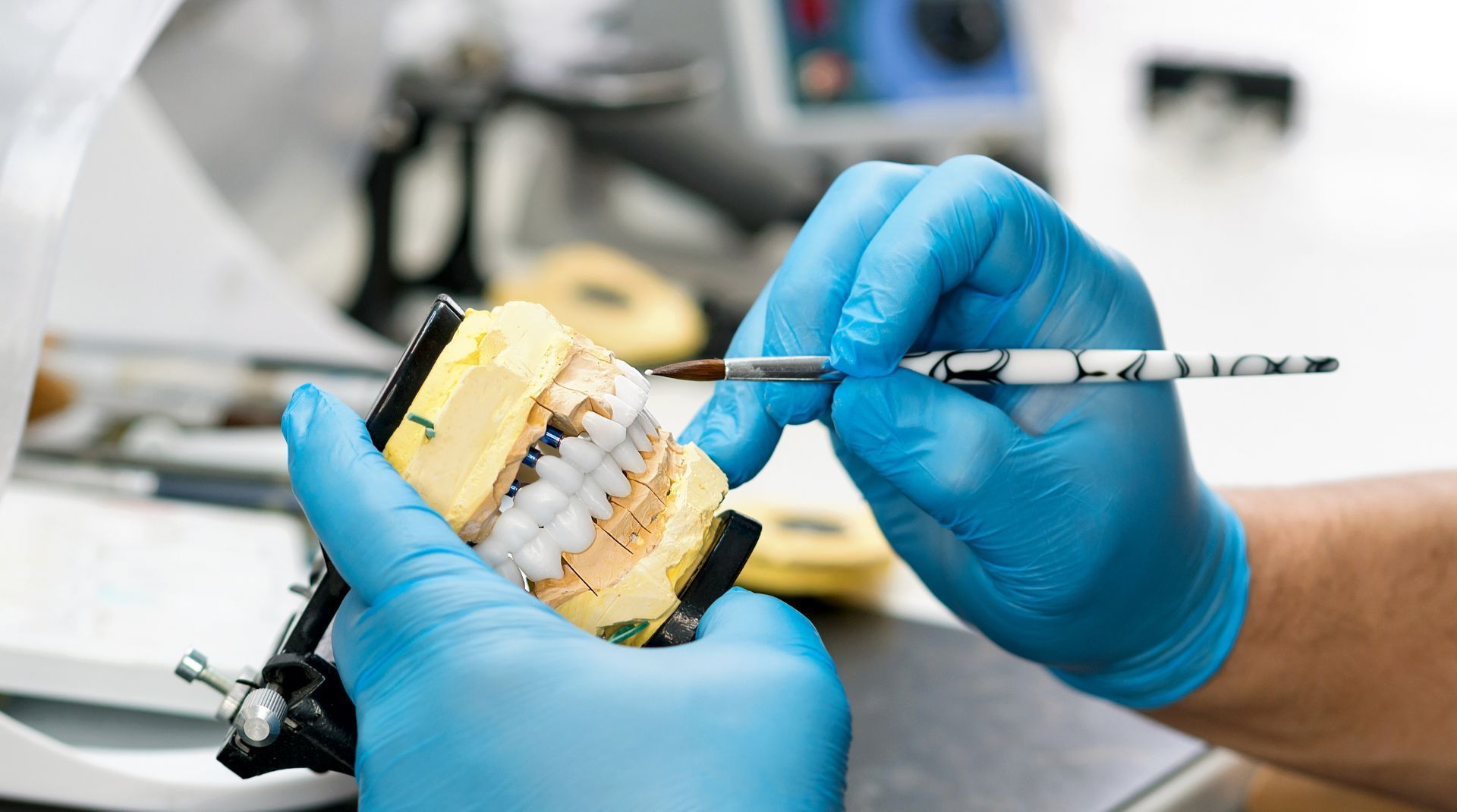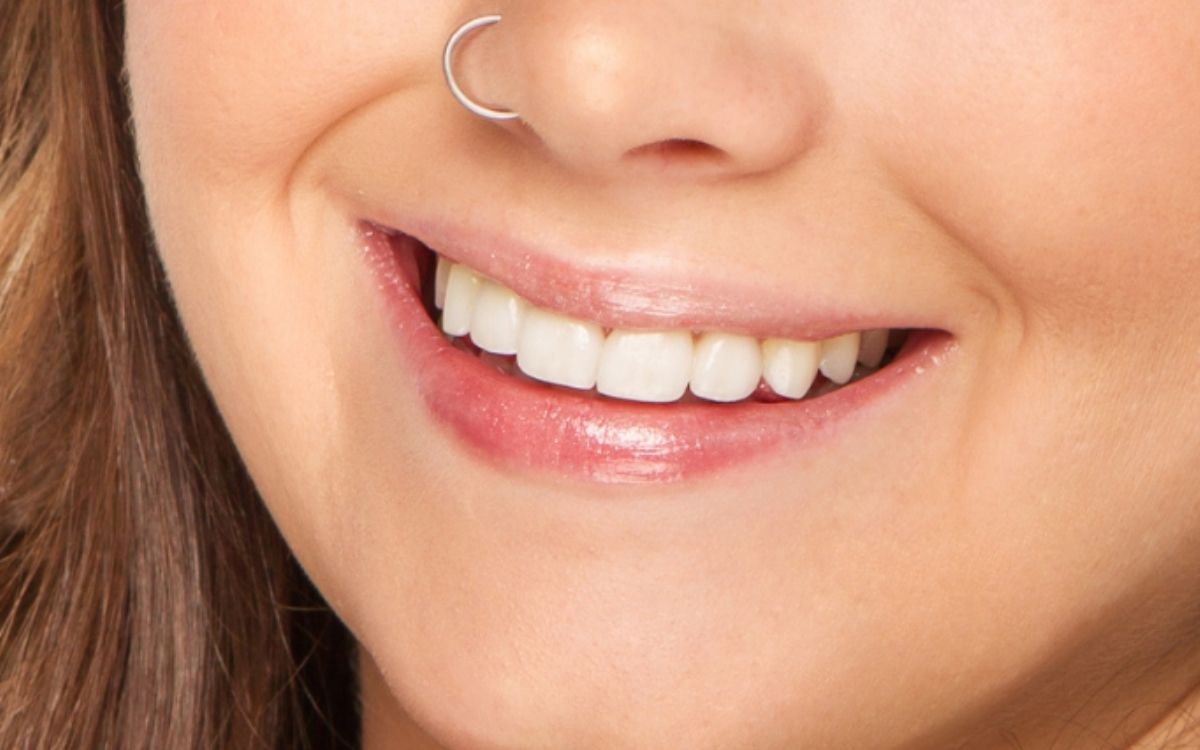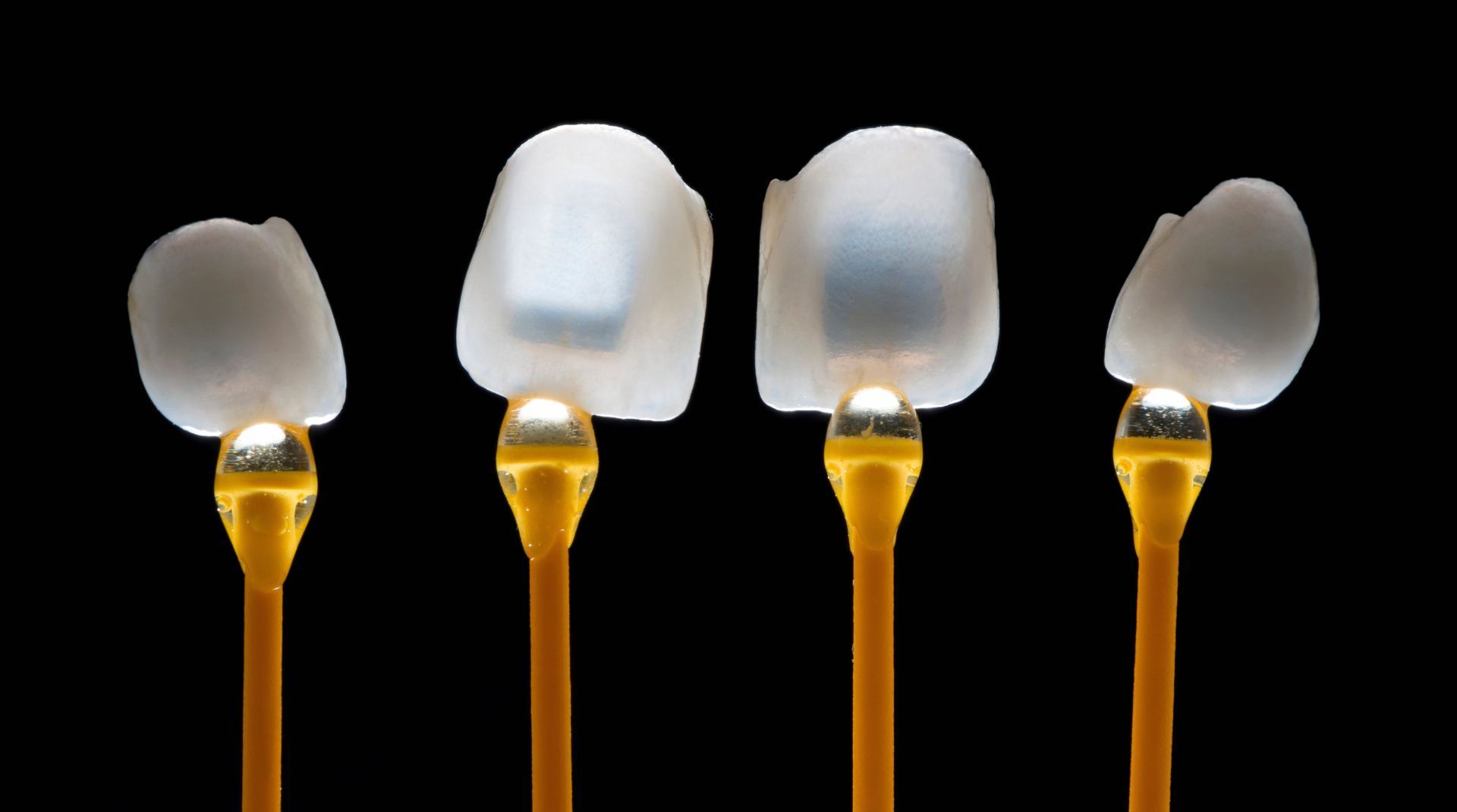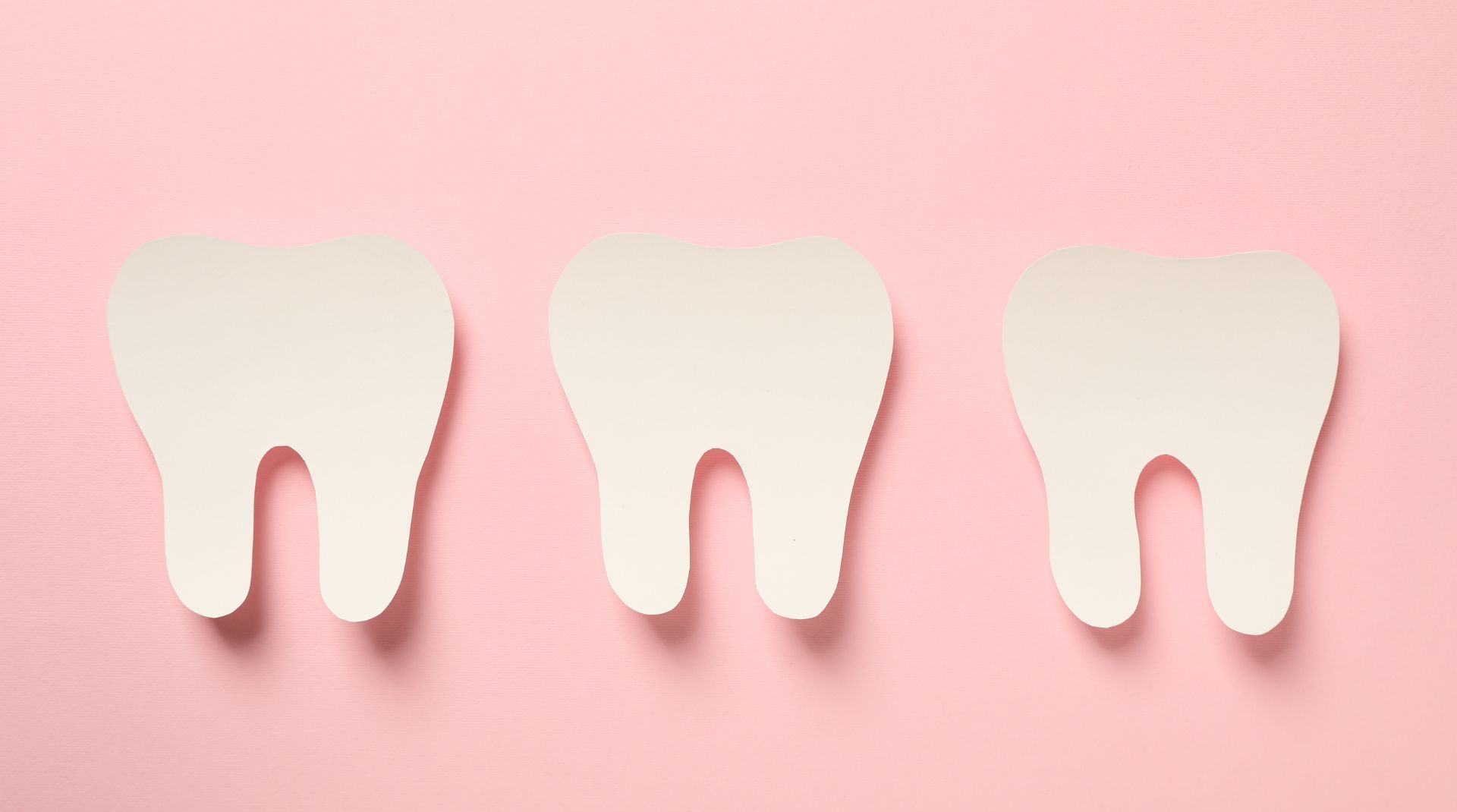Dental Materials 101: What’s In Your Restoration?
By Dr. Taylor Workman • September 10, 2025

When you hear “composite filling,” “ceramic crown,” or “glass ionomer,” what do those terms really mean? Behind every dental restoration is a complex material engineered to mimic the strength, aesthetics, and compatibility of natural teeth. This article walks through the major categories of dental restorative materials, what goes into them, pros/cons, and what to ask your dentist next time you’re getting work done.
What Makes a Restorative Material?
Any dental restorative material must satisfy several criteria:
- Biocompatibility (must be safe with tissues, minimal toxicity)
- Mechanical strength (resist biting/chewing forces)
- Wear resistance (not too soft, not too abrasive)
- Esthetics (color match, translucency, polishability)
- Bonding/retention (adhesion or mechanical retention)
- Handling properties (ease of placement, curing, setting)
- Longevity / shrinkage / dimensional stability
Modern restoratives are often composites of multiple components (resin matrix + fillers + coupling agents + initiators etc.). 
Major Types of Restorative Materials
Here’s a breakdown of common classes:
1 Composite Resins (Resin-based Composites)
- These are the tooth-colored “fillings” most people think of.
- They consist of a resin matrix (e.g. BisGMA, UDMA) and inorganic fillers (silica, glass, ceramics) plus coupling agents, pigments, initiators, etc. 
- Fillers strengthen the composite and reduce shrinkage; their size, shape, load percent, and distribution are crucial to performance. 
- The coupling agent (often silane) chemically links filler to resin matrix so forces transfer.
- Polymerization is achieved via light curing (in typical direct restorations).
- Limitations: polymerization shrinkage (can introduce stress), microcracks over time, leachable residual monomers, wear or degradation in oral environment. 
- Pros: esthetic, minimally invasive, multiple shades, repairable in many cases.
- Clinical performance for posterior composites is well studied; they have become the go-to for many direct restorations. 
2 Glass Ionomer / Resin-Modifed Glass Ionomer
- These materials release fluoride, bond chemically to tooth structure, and set via acid-base reactions (plus resin components in hybrid versions).
- They are often used in low-stress areas (e.g. liners, non-load-bearing restorations) or in pediatric dentistry.
- Pros: good chemical bonding, fluoride release, gentle to tooth structure.
- Cons: less strength, poorer wear resistance, more prone to surface roughness.
3 Amalgam (Silver Fillings)
• Once a dominant material, amalgam is alloy-based (silver, tin, copper, mercury).
- Very durable and forgiving, but aesthetics and concerns over metal content have led to declining use.
- It does not bond to tooth structure, so mechanical retention (undercuts) is required.
- Also, more aggressive tooth preparation is often needed to retain the material.
4 Ceramics / Porcelain / Indirect Composite / CAD/CAM Materials
- For crowns, inlays, onlays, veneers, and more advanced restorations, ceramics (like porcelain, lithium disilicate, zirconia) or milled composite blocks are used.
- They offer superior aesthetics, excellent wear resistance, high strength (for ceramics), and excellent color stability.
- The downside: more tooth reduction often needed, brittleness (for some ceramics), complexity of bonding/cementation, and cost.
- Many modern ceramics can be adhesively bonded and maintain strong margins when done well.
5 Bioactive / Smart / New Generation Materials
- Researchers are developing materials that release ions (calcium, phosphate, fluoride) to promote remineralization, inhibit bacterial growth, or even self-heal microcracks. 
- Also exploring antibacterial fillers, regenerative composites, and materials with improved longevity against degradation. 
- These are promising but not yet standard in all practices.
Factors That Influence Material Choice
- Location: molar vs front tooth (load, esthetics).
- Size and shape of defect or decay.
- Amount of remaining tooth structure.
- Moisture control / isolation (some materials require dry fields more than others).
- Cost, lab vs direct, time.
- Dentist’s familiarity with the material/technique.
- Patient considerations (allergies, preferences, aesthetic desires).
What to Ask Your Dentist / What to Watch For
- Which material will you use, and why?
- How long do you expect it to last?
- How much tooth structure must be removed?
- How well will it blend in / polish / resist stain?
- What’s the bonding protocol?
- Can it be repaired rather than replaced?
Conclusion
Restorative dentistry has come a long way. From metal fillings to esthetic, adhesive composites and ceramics, the right material can make a huge difference in the strength, longevity, and appearance of your dental work. Understanding what’s behind the names helps you ask the right questions and choose wisely.
Insights to fuel your marketing business
Sign up to get industry insights, trends, and more in your inbox.
Contact Us
We will get back to you as soon as possible.
Please try again later.
SHARE THIS







